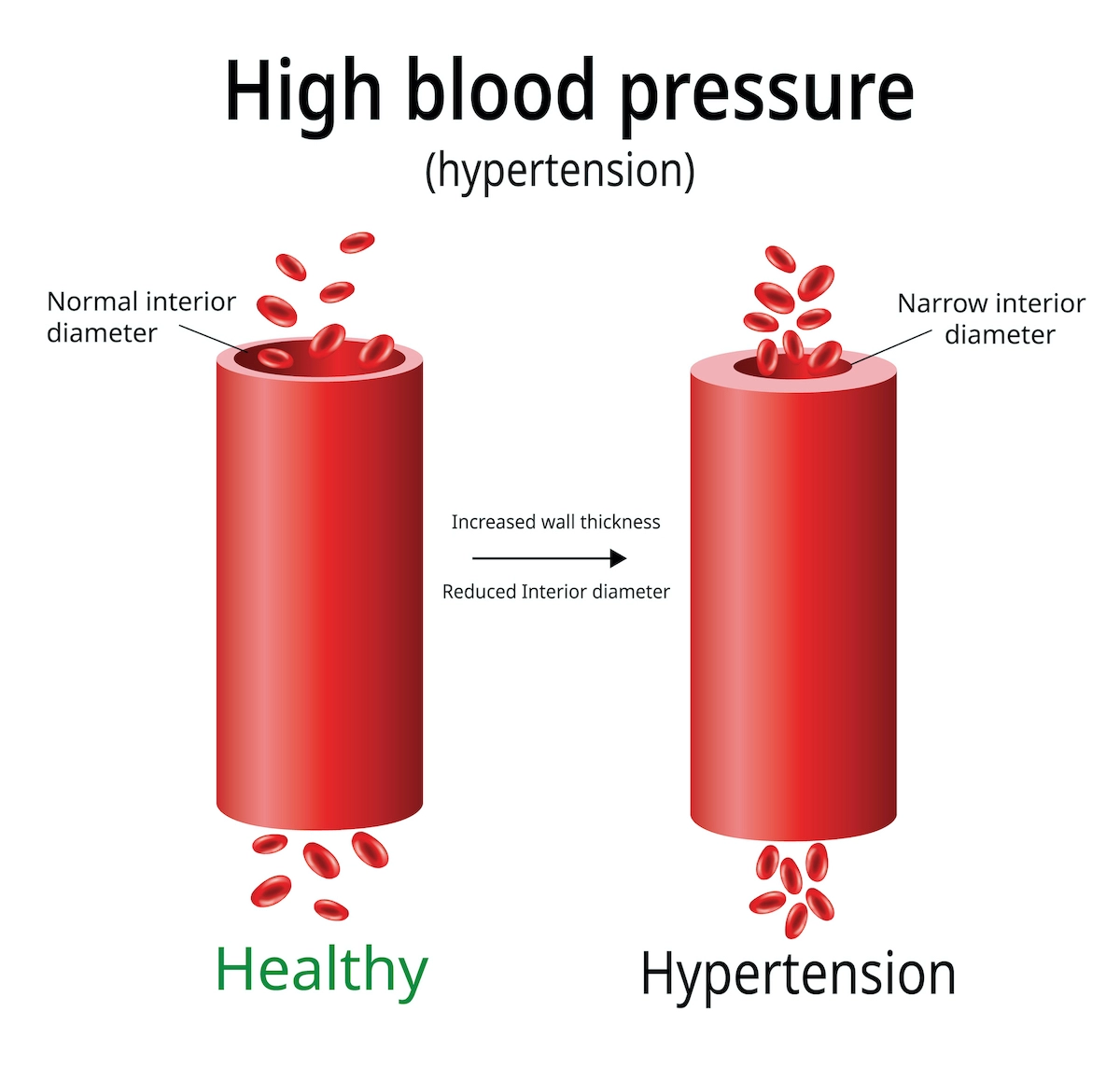
Medications are one of our most powerful weapons to maintain our health. But both prescription and over the counter drugs can lead to negative reactions.
Any drug can cause an allergy. Antibiotics and certain painkillers are among the more common ones. Approximately 10 percent of people in the United States have a penicillin allergy.
The most typical allergic reactions are skin rashes or hives. In rare cases, there can be a severe reaction called anaphylaxis. This can lead to lightheadedness, throat or tongue swelling, and difficulty breathing. Anaphylaxis can also lead to death if untreated.
Sometimes people mistake side effects of a drug for an allergy. Nausea, vomiting, diarrhea, and headaches are usually side effects.
Certain reactions may have causes. A common example is getting a rash after taking an antibiotic. Sometimes the rash is actually caused by the infection, not the drug.
Drug allergies may fade over time. Nearly half of patients with a confirmed penicillin allergy lose it within five years.
Being labeled with a drug allergy isn’t just a minor inconvenience. Alternative drugs may not be as effective.
How to manage a drug allergy:
- Watch for symptoms such as nausea, rashes, hives, itching, swelling, wheezing, lightheadedness, or difficulty breathing.
- Seek immediate medical help if you have a reaction after taking medication.
- Talk with your health care provider about any possible drug allergies. Ask if they recommend allergy testing.
- Consider retesting for confirmed drug allergies. Some allergies fade over time.
- Inform all health care providers about drug allergies.
Source: newsinhealth.nih.gov/drug-allergies












